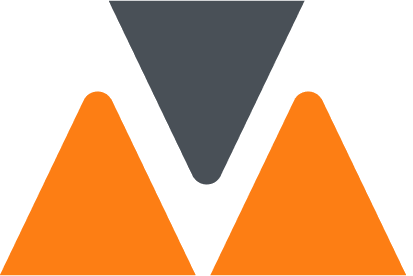Our customized virtual assistants offer personalized and tailored experiences to users and enable machine-human interaction using natural language. Our tailored-to-client-needs solutions follow the Retrieval Augmented Generation (RAG) approach that understands and generates human-like text from your company knowledge.
Why RAG?
Retrieval-augmented generation systems offer a promising approach to text generation. They combine the strengths of retrieval-based and generation-based models, leading to more accurate, coherent, and diverse outputs.
Let’s summarize a few advantages that are first on our list:
- Reduce hallucinations: our systems easily allow users to identify hallucinations by comparing generated text to actual source text.
- Enable an LLM to cite sources that are used to generate answers.
- Solve knowledge-intensive tasks, i.e., applying specialized knowledge, expertise, or domain-specific information to solve complex problems or make informed decisions.
Virtual Assistants with RAG
What if you want to have a virtual assistant system (aka chatbot) powered by LLM that is capable of reading and understanding different types of data that you have …?
Project lifecycle
Such customized RAG-enabled virtual assistant project lifecycle can be divided into several stages. Without further ado, we summarize the project lifecycle with the following diagram:
As technology evolves and user needs change, the virtual assistant may undergo updates, enhancements, and new feature additions to ensure its effectiveness and adaptability.
Now, let’s take a closer look into the project lifecycle …
Stage #1: Document retrieval
Sparse vs. dense search
Dense (semantic) search
Dense or semantic search in a vector database involves representing data points (such as documents, images, or other types of content) as dense vectors in a high-dimensional vector space, where the similarity between vectors reflects the semantic similarity between the corresponding data points.
Semantic search in vector databases enables powerful search capabilities that go beyond simple keyword matching. It allows for the discovery of relevant content based on semantic similarities, capturing the underlying meaning and context of the data rather than just matching specific terms or phrases.
The quality of dense vector embeddings heavily influences the effectiveness of semantic search. The search results may be less accurate or reliable if the embeddings fail to capture relevant semantic relationships or introduce biases (e.g., one searches for a product with a serial number).
Sparse (keyword) search
Sparse keyword search offers a straightforward and scalable approach to information retrieval based on exact matches between search queries and document content. While it has limitations, it remains a valuable tool for quickly finding relevant information within structured or semi-structured datasets.
Hybrid search
By integrating sparse and dense search techniques in a hybrid setup, our client-tailored advanced search methods capitalize on the complementary strengths of both approaches. Sparse search provides efficiency and scalability for handling large datasets and exact match queries, while dense semantic search enhances search accuracy, context awareness, and relevance. Combining these approaches enables amazingly effective information retrieval across a wide range of search scenarios and user preferences.
Stage #2: Querying (prompting) the LLM
Querying the Language Model (LLM) within the Retrieval Augmented Generation (RAG) system presents a multifaceted challenge. As computer scientists, we grapple with the intricacies of formulating prompts that effectively harness the power of the LLM to retrieve relevant information from a given context that accumulates the knowledge relevant to user interaction.
Crafting queries demands a keen understanding of the nuances of natural language and the capabilities of the underlying model. It requires a delicate balance between specificity and generality, as overly broad prompts may yield irrelevant results, while overly narrow ones risk missing pertinent information. Moreover, optimizing query performance involves iterative refinement and experimentation to unlock the full potential of the RAG system.
In essence, querying the LLM is an endeavor that requires both technical expertise and creative problem-solving.
Stage #3: Integration
Our final solution can be ultimately integrated on various platforms and in various forms. We can deliver our solution to you as a simple chatbot as a web service or a mobile application or provide much more complex solutions, such as implementations of digital humans interacting in a virtual interactive environment. Our profound team of 3D artists and game engine specialists will implement customized solutions according to the customer’s needs, including simple implementations of digital humans within a browser or more complex implementations in virtual reality (VR) and augmented reality (AR) that offer unique opportunities for immersive and interactive experiences across various industries, including entertainment, education, training, communication, and more.

